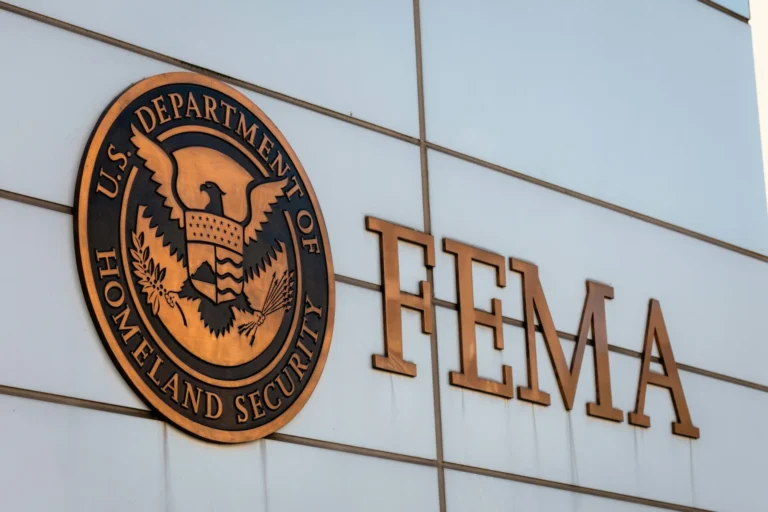Representatives of the people need to be safe in any working democracy. How Safe Are America’s Judges?By Cliff Montgomery – Aug. 23rd, 2007It is essential for representatives of the people to be safe in any working democracy. Senators and House members seem well protected. But just how safe are America’s judges?That little-asked question was discussed in a July 9th, 2007, Congressional Research Service report. Below, we quote from its introduction:“Although the security of all federal buildings increased in the wake of the April 1995 bombing of the Alfred P. Murrah Federal Building in Oklahoma City and the September 11, 2001, terrorist attacks, the importance of judicial security was brought to the nation’s attention by reports of the murders of family members of a Chicago federal judge on February 28, 2005, and the killings less than two weeks later of a state judge, a court reporter, and a sheriff’s deputy in an Atlanta courthouse.”In June 2006, a sniper shot a state judge in Reno, Nevada, through the window of the judge’s office.”Press accounts have also described other threats and violence directed at the judiciary.”Supreme Court Justices were also intended targets of violence. In March 2006, the public learned about death threats made against Supreme Court Justices in 2005. In November 2006, it was revealed that home-baked cookies infused with rat poison had been mailed to all nine Justices in 2005; and, according to the media report, Justice Sandra Day O’Connor was quoted as saying that ‘each one contained enough poison to kill the entire membership of the court.'”In his 2005 Year-End Report on the Federal Judiciary, issued on January 1, 2006, Chief Justice John G. Roberts Jr., expressed concern about the murders in Chicago and Atlanta:
- These attacks underscored the need for all branches of government, state and federal, to improve safety and security for judges and judicial employees, both within and outside courthouses. We see emerging democracies around the world struggle to establish court systems in which judges can apply the rule of law free from the threat of violence.
“U.S. Attorney General Alberto R. Gonzales voiced similar sentiments when he spoke at the Conference for Chief United States District Judges on April 14, 2005:
- The Department of Justice and the Marshals Service will continue to work to ensure that threats to federal judges are quickly assessed and appropriate measures are taken. We will not accept that a judge is intimidated or threatened in any way in discharging his or her obligation to faithfully interpret the law.
- To that end, I have directed a review of judicial security measures be undertaken so that the Department, as well as state and local enforcement, can benefit from a compilation of best practices from across the nation.
“During the 109th Congress, the House and Senate held hearings, and several Members of Congress introduced legislation to (among other things) improve security for judicial officers in the courtrooms; safeguard judges and their families at home; restrict postings of personal information about judicial officials and their families on the Internet; extend or make permanent the authority to redact certain information from judges’ and their families’ financial disclosure forms; and increase penalties for acts against court officials and other law enforcement personnel.”No final action was taken on these bills prior to the adjournment of the 109th Congress, although legislation was enacted (H.R. 1268, P.L. 109-13) that included a provision to appropriate funds for intrusion detection alarms in judges’ homes.”Another bill, S. 2766, did not originally include court security provisions, but such provisions were adopted by the Senate as an amendment.”Early in the 110th Congress, the chairmen of the House and Senate Judiciary Committees introduced companion judicial security bills similar to those that were introduced, but not enacted, in the previous Congress. They are H.R. 660 and S. 378.”Senate Judiciary Committee Chairman Patrick J. Leahy, in remarks to introduce S. 378, said that the Court Security Improvement Act of 2007 is:
- A consensus measure with bipartisan support nearly identical to the bill we passed in the Senate last December. House Judiciary Chairman Conyers is introducing an identical measure in the House with bipartisan support.This bicameral, bipartisan introduction sends a strong message that we intend finally to finish this difficult struggle and enact this bill that should have been enacted months ago to increase protections for the dedicated women and men throughout the Judiciary in this country. This is an important issue, and one I plan to make a priority in this Congress. “
Like what you’re reading so far? Then why not order a full year (52 issues) ofe-newsletter for only $15? A major article covering an story not being told in the Corporate Press will be delivered to your email every Monday morning for a full year, for less than 30 cents an issue. Order Now!





